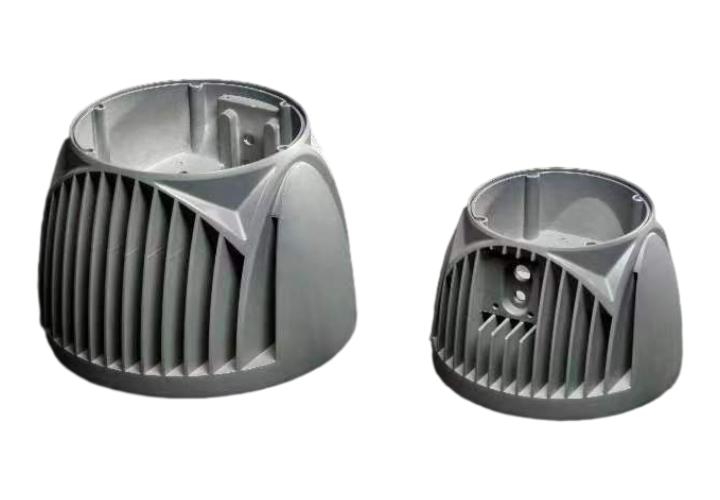15
2025
-
07
Precision control methods for aluminum die casting mold
Author:
The precision of aluminum die casting mold directly affects the quality and performance of die-casting products. The following are some important methods of precision control.
1. Mold design stage
Accurate size planning
At the beginning of the design, the dimensions of each part of the mold should be accurately planned according to the requirements of aluminum die-casting products. For example, for die-casting products with strict assembly requirements, the cavity size tolerance of the mold needs to be controlled within a very small range. Use advanced CAD/CAM software for three-dimensional modeling and simulation analysis to predict possible dimensional deviations and make adjustments in advance.
Reasonable structural design
Designing a reasonable mold structure helps with precision control. For example, a balanced gate system design is used to ensure that the aluminum liquid flows evenly in the cavity and avoid dimensional deviations caused by local pressure differences caused by uneven flow. At the same time, a stable mold frame structure is designed to reduce deformation during the die-casting process and ensure the shape accuracy of the mold cavity.

2. Mold manufacturing process
High-quality material selection
Selecting high-quality mold steel materials is the basis. The uniformity and stability of the material have a great influence on the precision. High-quality mold steel has a small thermal expansion coefficient and can maintain dimensional accuracy well under high temperature environment during die casting.
Precision machining technology
Adopt advanced machining equipment, such as CNC machining center, etc. When machining key parts such as mold cavity and core, strictly control machining accuracy. For example, through high-precision tools and optimized machining parameters, the machining error is controlled within ±0.01mm. At the same time, multiple tests and calibrations are carried out to ensure that the dimensions of each part meet the design requirements.
Effective heat treatment
The heat treatment process affects the hardness and dimensional stability of the mold. Appropriate quenching and tempering processes can eliminate internal stress of the material and prevent deformation in subsequent use. After heat treatment, fine grinding and other machining processes are required to further improve the flatness and dimensional accuracy of the mold surface.
3. Assembly and debugging stage
Precise assembly
During the assembly process of aluminum die casting mold, follow strict assembly process. For example, for the inserts, sliders and other components of the mold, ensure that their assembly gaps are uniform, and measure and adjust them by using precision measuring tools.
Debugging and Optimization
When debugging on the die-casting machine, the aluminum die casting mold is fine-tuned according to the actual molding conditions of the die-casting product. For example, the clamping force and the parameters of the ejection mechanism are adjusted to ensure the accuracy of the final die-casting product.
aluminum die casting mold
Previous Page
Previous Page
12
2025-07
Methods to improve the efficiency of precision aluminum casting
08
2025-07
Analysis of factors affecting the precision of precision aluminum casting
05
2025-07
Factors affecting the accuracy of aluminum die casting mold
01
2025-07
Quality control in aluminum die casting mold production
29
2025-06
How to improve zinc die casting production efficiency
26
2025-06
Key factors affecting zinc die casting costs
22
2025-06
The role of zinc alloy for casting in industrial manufacturing
GM Diecasting Technology Co.,Limited.
Add:Building 1-5, Chongke Road, Shipai Town, Dongguan City, Guangdong Province
Email:henry@gmdiecastingtech.com
Email:lily@gmdiecastingtech.com
Tel:+8613680864695





